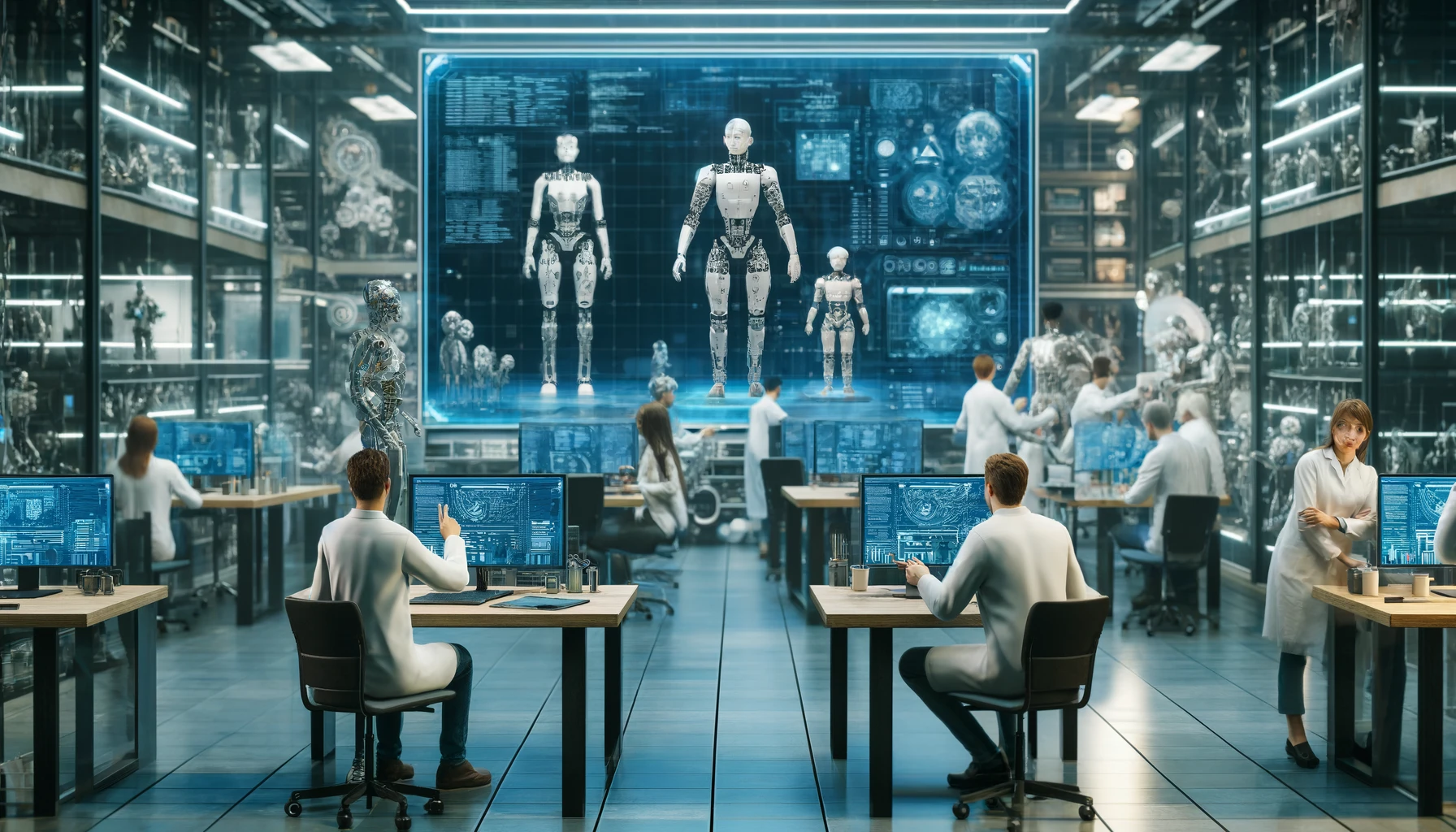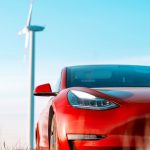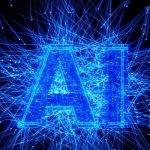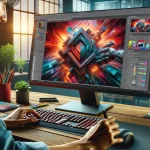Stanford University has become a hub for groundbreaking AI robotics research, with Ph.D. student Cheng Chi at the forefront. Chi is exploring the integration of diffusion AI models in robotics, which could revolutionize how robots perform tasks. Notably, his development of the Universal Manipulation Interface (UMI) gripper showcases the potential of these models. Chi’s work demonstrates a paradigm shift in robotics, moving towards systems that learn and adapt through data, reducing the need for extensive manual tuning.
UMI Gripper: A Revolutionary Tool
The Universal Manipulation Interface (UMI) gripper is an advanced robotic gripper designed to perform a wide range of tasks with high precision and adaptability. Launched as part of Cheng Chi’s Ph.D. thesis at Stanford University, the UMI gripper leverages diffusion AI models to enhance its capabilities. The design and code for the gripper have been open-sourced, encouraging further development and collaboration within the AI and robotics community. The gripper was unveiled to the public in 2023, emphasizing its potential to transform various industrial and research applications.
AI Innovation Accelerates
In recent years, the adoption of diffusion AI models in robotics has seen significant advancements. Compared to traditional AI methods, these models offer improved performance in task execution and adaptability. Unlike earlier approaches that required extensive tuning and precise control systems, diffusion models streamline the process by learning from data. This shift is evident in Chi’s research, which has achieved remarkable success in tasks such as object manipulation using minimal manual adjustments.
Previously, robotics research focused heavily on engineering separate systems for perception, planning, and control. However, the emergence of diffusion models allows for a unified approach, where a single neural network can handle multiple tasks. Chi’s experiments with the UMI gripper demonstrate this capability, providing insights into the future of AI-driven robotics. The consistency and reliability of these models in real-world applications highlight their potential to replace traditional methods.
Data-Driven Robotics
The emphasis on data collection and utilization is a pivotal aspect of the new AI paradigm in robotics. Chi’s work underscores the importance of data in enhancing robot performance. By training models with diverse datasets, researchers can develop robots capable of handling various tasks with minimal human intervention. This approach aligns with trends in other AI fields, such as natural language processing and computer vision, which have also benefited from large-scale data training.
Key Insights from the UMI Gripper Project
- Diffusion AI models significantly improve task performance in robotics.
- Unified neural networks can handle multiple tasks, reducing the need for separate systems.
- Extensive data collection enhances model accuracy and reliability.
Safety remains a critical concern in deploying AI-powered robots, especially in industrial settings. Chi suggests that integrating classical systems or inherently safe hardware designs can mitigate risks. The adaptability of AI-driven robots offers new possibilities, but ensuring they meet safety standards is paramount. Industrial applications must balance precision and reliability with the flexibility provided by AI models.
Chi’s research at Stanford highlights a transformative period in robotics, driven by advancements in AI models. The UMI gripper exemplifies the potential of data-driven approaches, paving the way for more sophisticated and adaptable robotic systems. As the field continues to evolve, the emphasis on data and safety will shape the future of AI in robotics, offering new opportunities and challenges for researchers and industries alike.










